
漢德百科全書 | 汉德百科全书

1 × Grace-GPU + 2 × Blackwell-GPU = Grace Blackwell
Der offiziell als GB200 Grace Blackwell Superchip vermarktete Hybrid-Lösung basiert auf einer Grace-CPU mit insgesamt 72 ARM Neoverse V2 Prozessorkernen und zwei Blackwell-GPUs sowie bis zu 384 GiByte HBM3e und 480 GiByte LPDDR5X, was in Nvidias hauseigenem NVL72-Supercomputer in äußerst beeindruckenden technischen Spezifikationen resultiert, welche sich wie folgt lesen.
- 36 Nvidia Grace-CPUs
- 2.592 ARM Neoverse V2 Prozessorkerne
- Bis zu 17 Terabyte LPDDR5X-Arbeitsspeicher
- 72 Blackwell-GPUs mit 13,5 Terabyte HBM3e-Speicher
- FP4-Rechenleistung: Bis zu 1.440 PetaFLOPS
- FP8-Rechenleistung: Bis zu 720 PetaFLOPS
- NVLink: Bis zu 130 TB/s an Bandbreite
Da der Nvidia B200 ("Blackwell") aus insgesamt zwei Dies besteht, stehen jedem GB200-Superchip ("Grace Blackwell") somit vier GPU-Dies zur Verfügung, dem neuen Supercomputer NVL72 somit respektive insgesamt 144 Blackwell-Dies.

Der GB200 NVL72 verbindet 36 Grace-CPUs und 72 Blackwell-GPUs in einem Rack-Maßstab. Bei dem GB200 NVL72 handelt es sich um eine Rack-Lösung mit Flüssigkeitskühlung und einer NVLink-Domäne mit 72 Grafikprozessoren, die als einzelner riesiger Grafikprozessor funktioniert und 30-mal schnellere Echtzeit-Inferenz für LLMs mit Billionen Parametern bietet.
Der GB200 Grace Blackwell Superchip ist eine Schlüsselkomponente des NVIDIA GB200 NVL72 und verbindet zwei hochleistungsfähige NVIDIA Blackwell Tensor-Recheneinheiten-Grafikprozessoren und eine NVIDIA Grace-CPU über die NVIDIA® NVLink®-C2C-Verbindung mit den beiden Blackwell-GPUs.

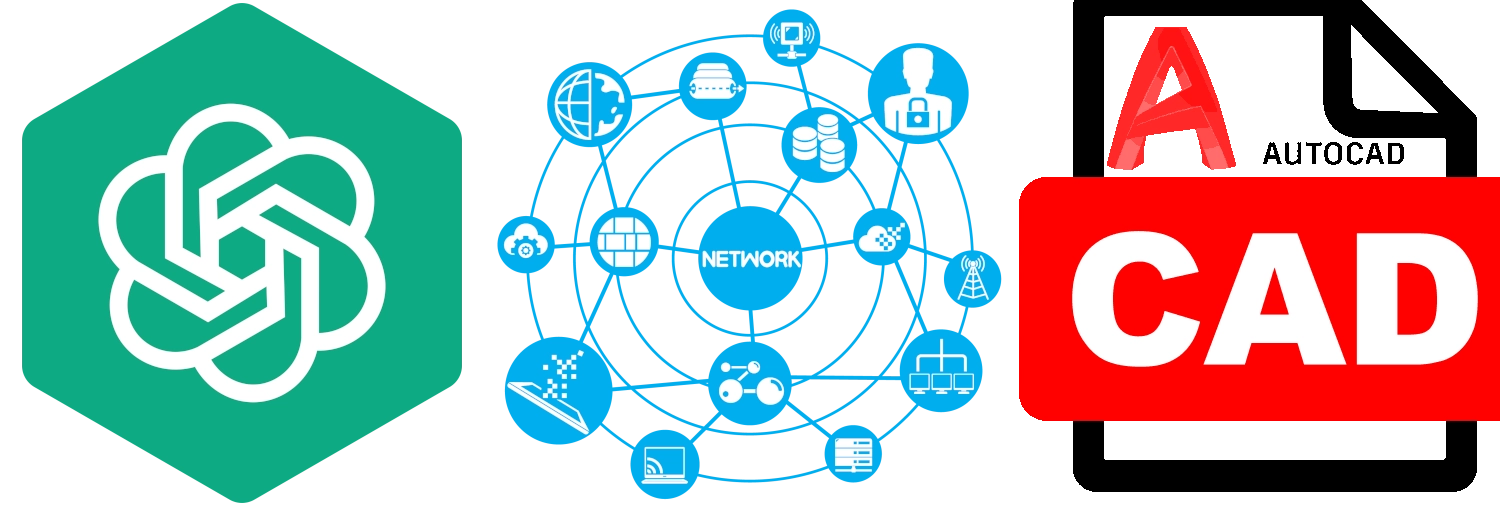
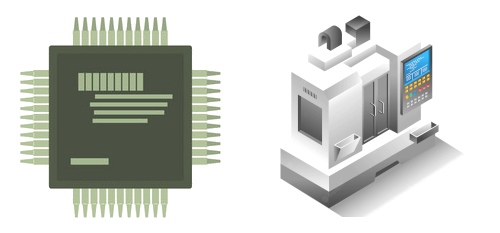 IT-Times
IT-Times


 IT-Times
IT-Times
 Processing Units - CPU, GPU, NPU, APU, TPU, VPU, FPGA, QPU, IPU, PIC
Processing Units - CPU, GPU, NPU, APU, TPU, VPU, FPGA, QPU, IPU, PIC


 IT-Times
IT-Times
 Games industry
Games industry


 IT-Times
IT-Times
 Graphics card/Video card
Graphics card/Video card


 IT-Times
IT-Times
 IC
IC

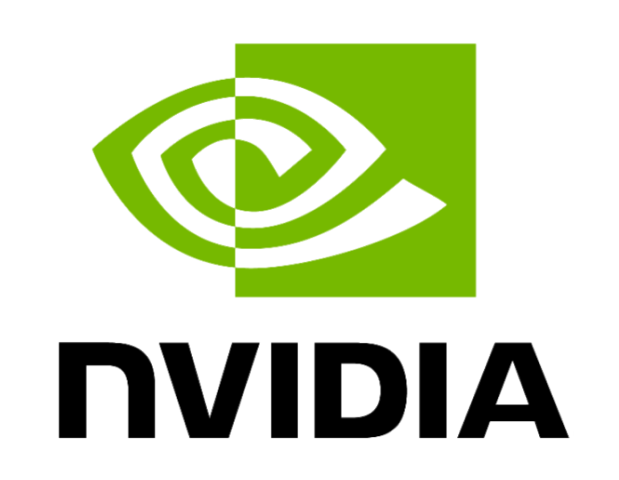 Nvidia
Nvidia



张量处理单元(英文:Tensor Processing Unit,简称:TPU),也称张量处理器,是 Google 开发的专用集成电路(ASIC),专门用于加速机器学习。自 2015 年起,谷歌就已经开始在内部使用 TPU,并于 2018 年将 TPU 提供给第三方使用,既将部分 TPU 作为其云基础架构的一部分,也将部分小型版本的 TPU 用于销售。
Tensor Processing Units (TPUs), auch Tensor-Prozessoren, sind anwendungsspezifische Chips um Anwendungen im Rahmen von maschinellem Lernen zu beschleunigen. TPUs werden vor allem genutzt, um Daten in künstlichen neuronalen Netzen, vgl. Deep Learning, zu verarbeiten.
Die von Google entwickelten TPUs wurden speziell für die Softwaresammlung TensorFlow[1] entworfen. TPUs sind die Basis für alle Google Services, welche maschinelles Lernen einsetzen, und wurden auch in den AlphaGo-Maschine-vs.-Mensch-Wettkämpfen mit einem der weltbesten Go-Spieler, Lee Sedol, zum Einsatz gebracht.[2]

智能制造(英语:Smart manufacturing)[1]是指引入电脑整合制造以及数字信息技术的制造业。智能工厂就是典型的智能制造。智能制造中有可互操作的系统、智能自动化机器人、强大的网络安全以及联网的传感器。
Smart manufacturing[1] is a broad category of manufacturing that employs computer-integrated manufacturing, high levels of adaptability and rapid design changes, digital information technology, and more flexible technical workforce training.[2] Other goals sometimes include fast changes in production levels based on demand,[3][1] optimization of the supply chain,[3] efficient production and recyclability.[4] In this concept, as smart factory has interoperable systems, multi-scale dynamic modelling and simulation, intelligent automation, strong cyber security, and networked sensors.
The broad definition of smart manufacturing covers many different technologies. Some of the key technologies in the smart manufacturing movement include big data processing capabilities, industrial connectivity devices and services, and advanced robotics.[

知识蒸馏(knowledge distillation)是人工智能领域的一项模型训练技术。该技术透过类似于教师—学生的方式,令规模较小、结构较为简单的人工智能模型从已经经过充足训练的大型、复杂模型身上学习其掌握的知识。该技术可以让小型简单模型快速有效学习到大型复杂模型透过漫长训练才能得到的结果,从而改善模型的效率、减少运算开销,因此亦被称为模型蒸馏(model distillation)。
In machine learning, knowledge distillation or model distillation is the process of transferring knowledge from a large model to a smaller one. While large models (such as very deep neural networks or ensembles of many models) have more knowledge capacity than small models, this capacity might not be fully utilized. It can be just as computationally expensive to evaluate a model even if it utilizes little of its knowledge capacity. Knowledge distillation transfers knowledge from a large model to a smaller one without loss of validity. As smaller models are less expensive to evaluate, they can be deployed on less powerful hardware (such as a mobile device).
Model distillation is not to be confused with model compression, which describes methods to decrease the size of a large model itself, without training a new model. Model compression generally preserves the architecture and the nominal parameter count of the model, while decreasing the bits-per-parameter.
Knowledge distillation has been successfully used in several applications of machine learning such as object detection, acoustic models, and natural language processing. Recently, it has also been introduced to graph neural networks applicable to non-grid data.

 History
History
 N 2000 - 2100 AD
N 2000 - 2100 AD


 IT-Times
IT-Times
 Production Engineering/Manufacturing Technologies
Production Engineering/Manufacturing Technologies


 IT-Times
IT-Times
 Artificial Intelligence
Artificial Intelligence


 IT-Times
IT-Times
 CNC
CNC


 IT-Times
IT-Times
 CRM/EAM/ERP/SRM/SCM/HCM/QM/XM/WFM
CRM/EAM/ERP/SRM/SCM/HCM/QM/XM/WFM


 IT-Times
IT-Times
 CAD/CAE/CAM/EDA/PDM/PLM
CAD/CAE/CAM/EDA/PDM/PLM


 IT-Times
IT-Times
 Industrial Robot
Industrial Robot


 IT-Times
IT-Times
 PLC/DCS/FCS/SCADA/MES
PLC/DCS/FCS/SCADA/MES
 United States
United States

| Technology | Location | |
|---|---|---|
| National Additive Manufacturing Innovation Institute (NAMII) | 3D printing | Youngstown, Ohio |
| Digital Manufacturing and Design Innovation Institute (DMDII) | Digital manufacturing | Chicago, Illinois |
| Lightweight Materials Manufacturing Innovation Institute (ALMMII) | Lightweight materials | Detroit, Michigan |
| Next Generation Power Electronics Institute (PowerAmerica) | Wide-bandgap semiconductors | Raleigh, North Carolina |
| Institute for Advanced Composites Manufacturing Innovation (IACMI) | Composite materials | Knoxville, Tennessee |
| American Institute for Manufacturing Integrated Photonics (AIM Photonics) | Photonic integrated circuits | Rochester, New York |
| Flexible Hybrid Electronics Manufacturing Innovation Institute | Flexible electronics | San Jose, California |
| Advanced Functional Fabrics of America (AFFOA) | Textiles | Cambridge, Massachusetts |
| Smart Manufacturing Innovation Institute | Smart manufacturing | Los Angeles, California |

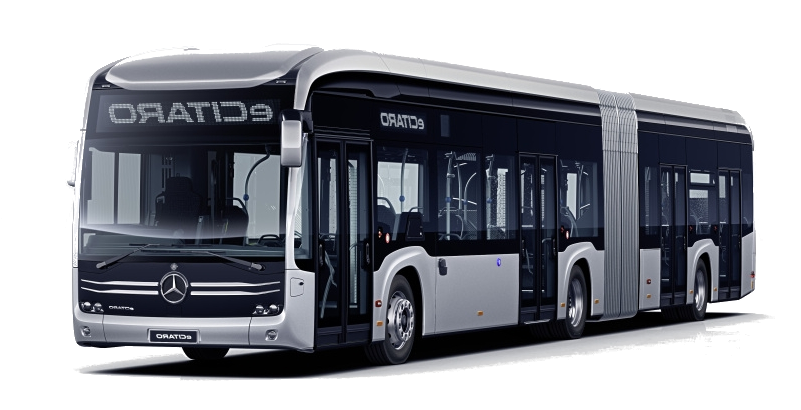
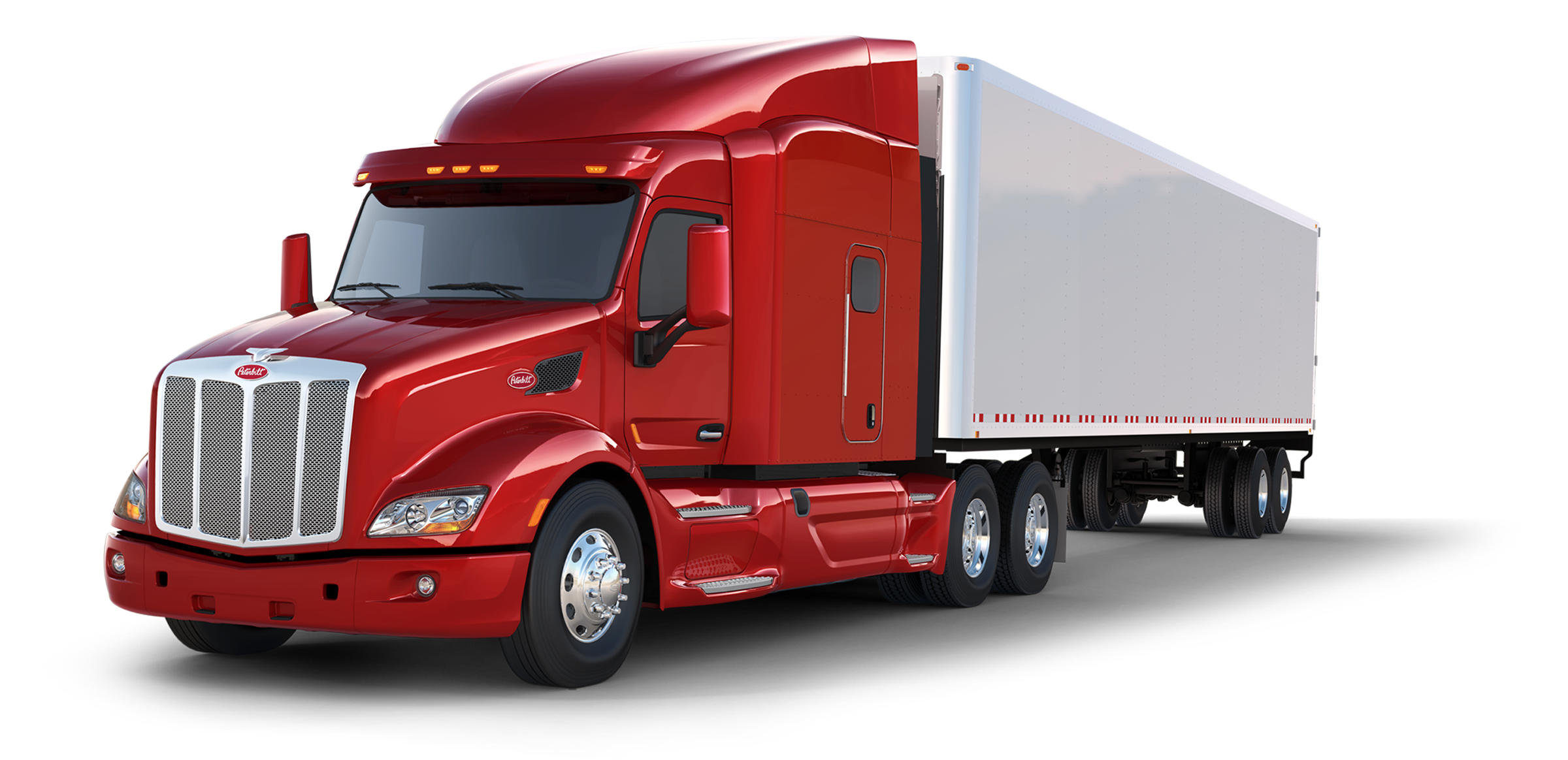 Automobile
Automobile
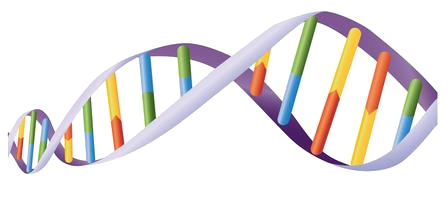 Science and technology
Science and technology
